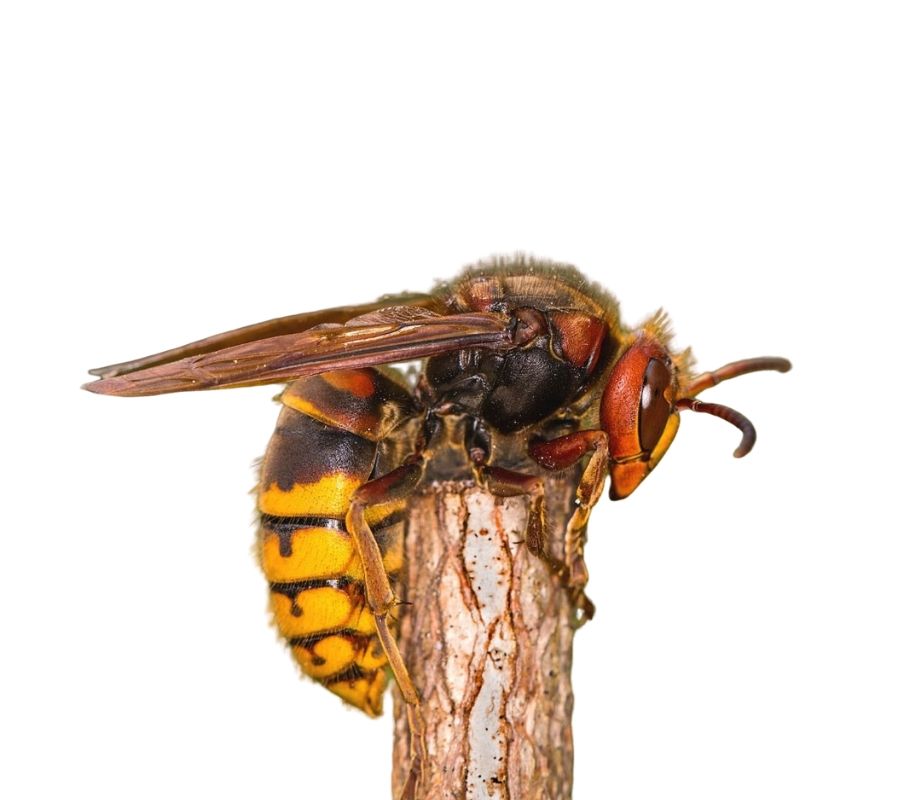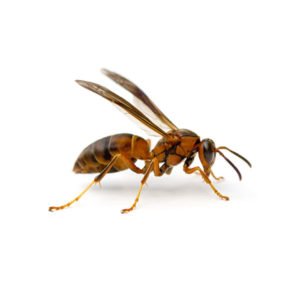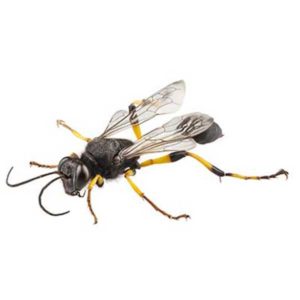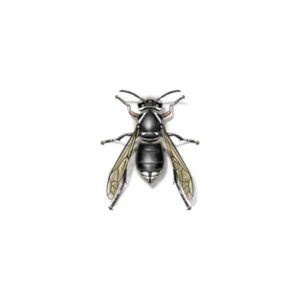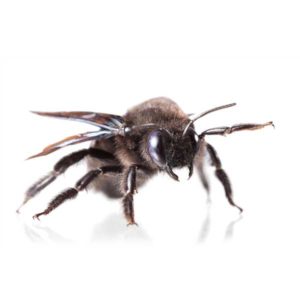European Hornets in the Pacific Northwest
Also known as the brown or giant hornet, these insects are commonly called the European hornet because they were first brought to the eastern United States from Europe in the mid-1800s. These stinging insects are very common throughout the country and can be found across 30 different states. European hornets are significantly larger than yellowjackets, and they are primarily active at night. Most people will first notice these hornets in the evening, which can cause significant concern for homeowners and those who reside nearby.
European Hornet Habitat
European hornets are social and prefer to build colonies with anywhere from 300 to 500 individual insects. These hornets usually build paper nests 6 feet or more above the ground in places such as hollow trees, wall voids, or attic spaces. When complete, the exposed areas of the nest will have a course and thick appearance that is tan in color. European hornets are most active during the night of spring and summer, and they can behave aggressively if they sense a threat.
European Hornet Behaviors, Threats, or Dangers
Though European hornets are large and have a frightening appearance, these insects typically leave people alone and do not sting unless threatened. However, European hornets can sting multiple times in a row, which can be particularly dangerous for anybody who is allergic to bees. These hornets can also cause problems for homeowners by building nests in barns, yards, eaves, or attic spaces. In late summer and early fall, European hornets may also destroy fruit trees as they scrounge for sugary foods. Since these hornets are most active at night, they may be attracted to porch lights and bang up against your windows. If you suspect there is a European hornet nest on or near your property, it is a good idea to contact a professional hornet control expert to eliminate the nest safely.
Need help with European Hornet control?
We'll call you! Leave your information below.

